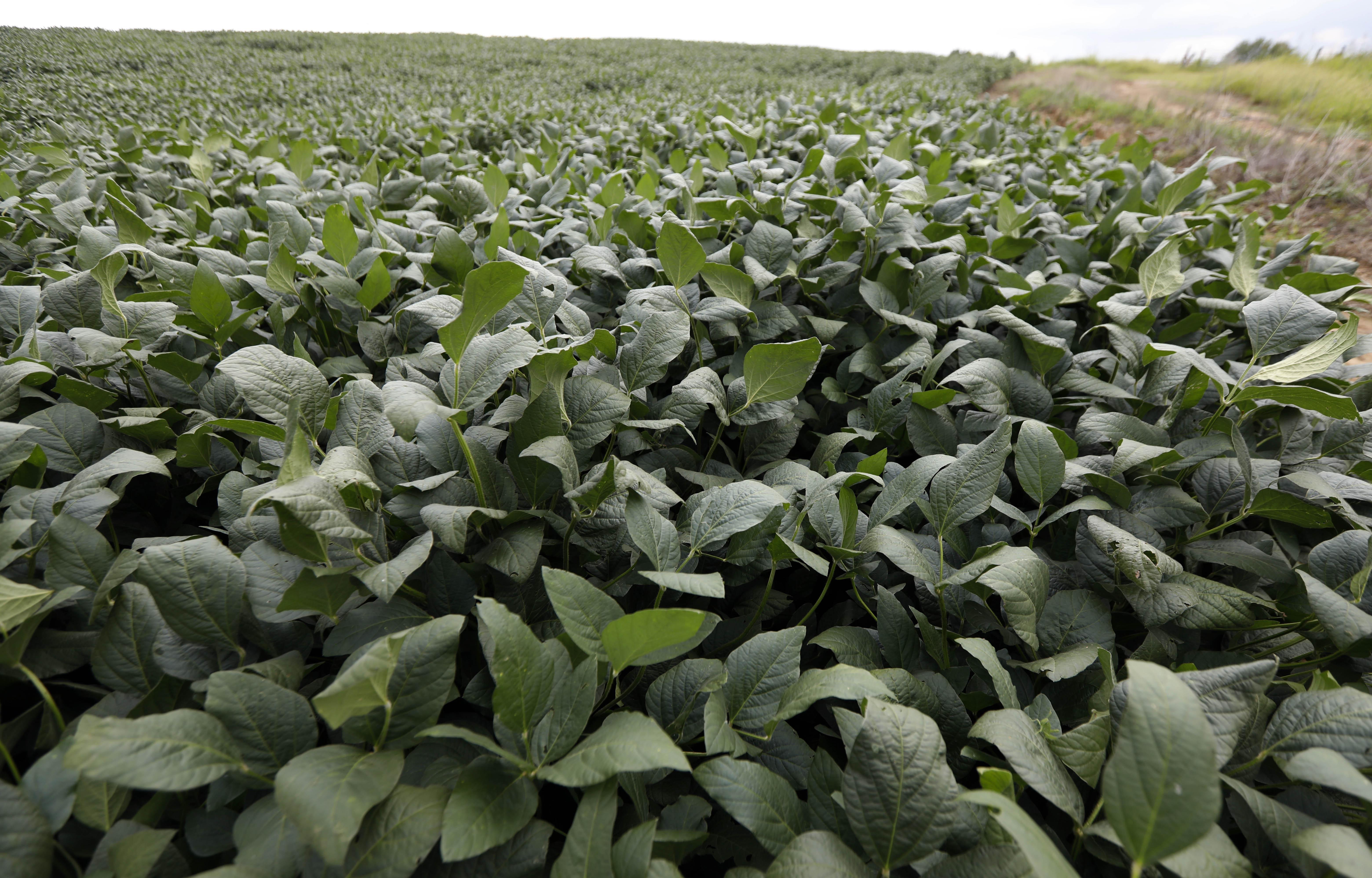HR1, commonly called “The One Big Beautiful Bill Act” raises reference prices for major row crops, benchmarks that trigger federal payments when market prices fall, and increases crop insurance subsidies. Economists say the measures could deliver hundreds of millions of dollars in additional support to growers who have been battered by rising costs and declining prices.
“Overall, we’re looking at total support to row crop producers in the state going from about 146 million to closer to 400 million,” said Dr. Will Maples, an agricultural economist with the Mississippi State University Extension Service. “So, it is definitely going to be an influx of money that's really needed currently given the row crop economy.”
This is the first increase to crop reference prices farmers have seen since 2014, and the bill also sets up annual increases starting in 2031. Soybeans, Mississippi’s largest row crop, will see the reference price rise from $8.40 to $10 a bushel. Maples says reference prices staying stagnant for so long meant the Price Loss Coverage Program wasn’t really protecting farmers from fluctuations in crop prices or revenue shortfalls.
“Before, at that $8.40 reference price, Mississippi soybean producers really had no support through the PLC program,” Maples said. “It was well below break-even for most.”
The increases are retroactive to the 2025 crop year and come after three straight years of heavy losses for U.S. row crop producers.
The 2022 Census of Agriculture shows just how central these row crops are to Mississippi’s economy. The state’s farms produced more than 2.2 million acres of soybeans, 1.1 million acres of corn, and 430,000 acres of cotton. Collectively, row crops account for the majority of the state’s $9.7 billion in market value of agricultural products sold.
Production costs for fertilizer, seed, diesel and chemicals have soared since the pandemic. Maples noted that the cost to grow an acre of corn rose from about $725 in 2021 to $916 for 2026. Meanwhile, crop prices have slumped under record harvests and global oversupply, leaving farmers struggling.
Farm legislation is typically renewed every four to six years through a standalone farm bill, but partisan gridlock stalled that process after the 2018 Farm Bill expired in 2023. Congress had extended the old law twice before turning to the omnibus this summer. Maples says a new farm bill is still needed, but he’s glad to see support increased in the meantime.
“We’ve had a row crop economy that’s been suffering, we’re going into the third straight year of losses,” Maples said. “So, it’s good in the sense that they were finally able to get something done.”




